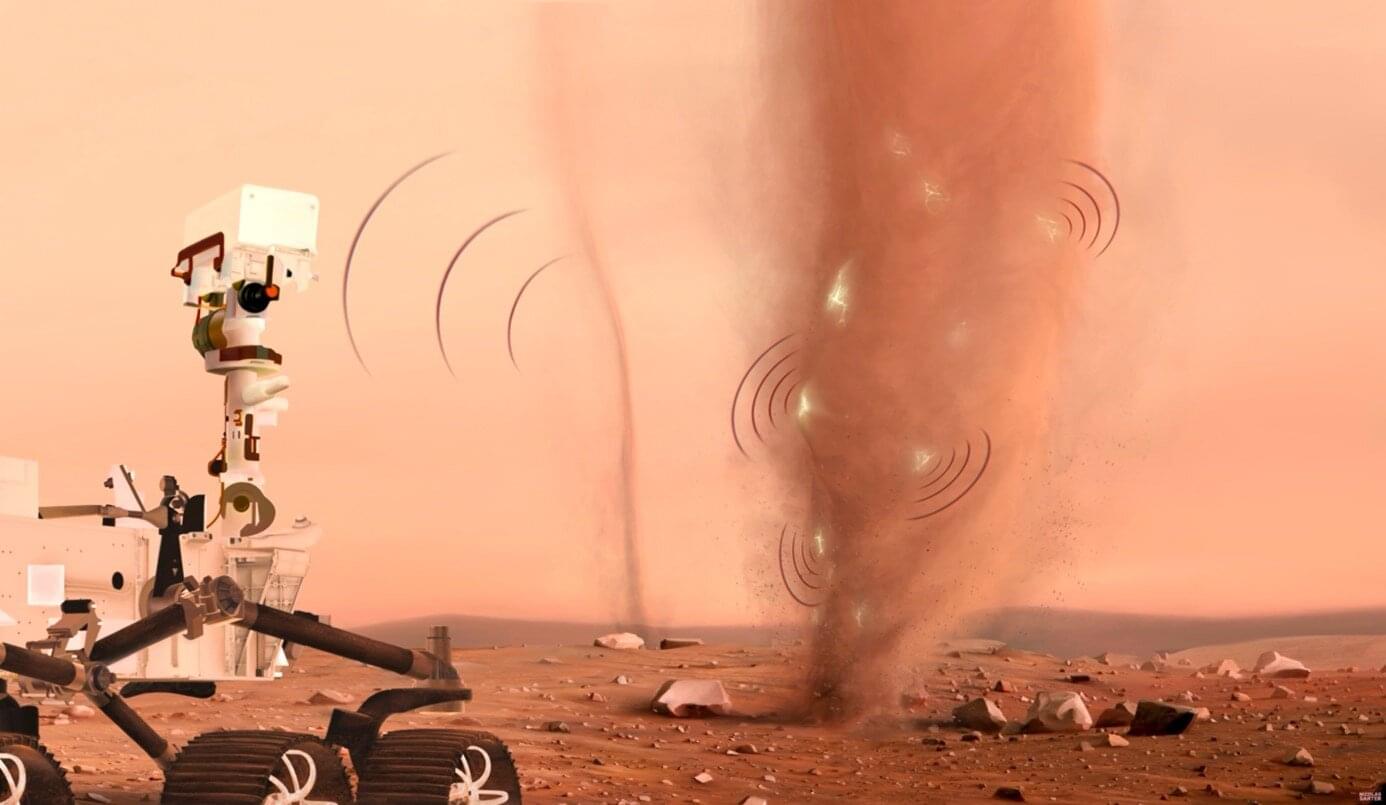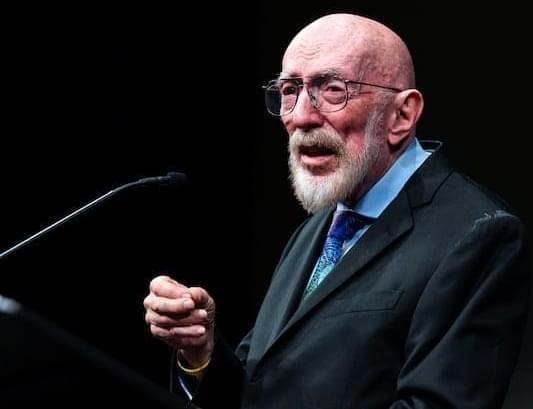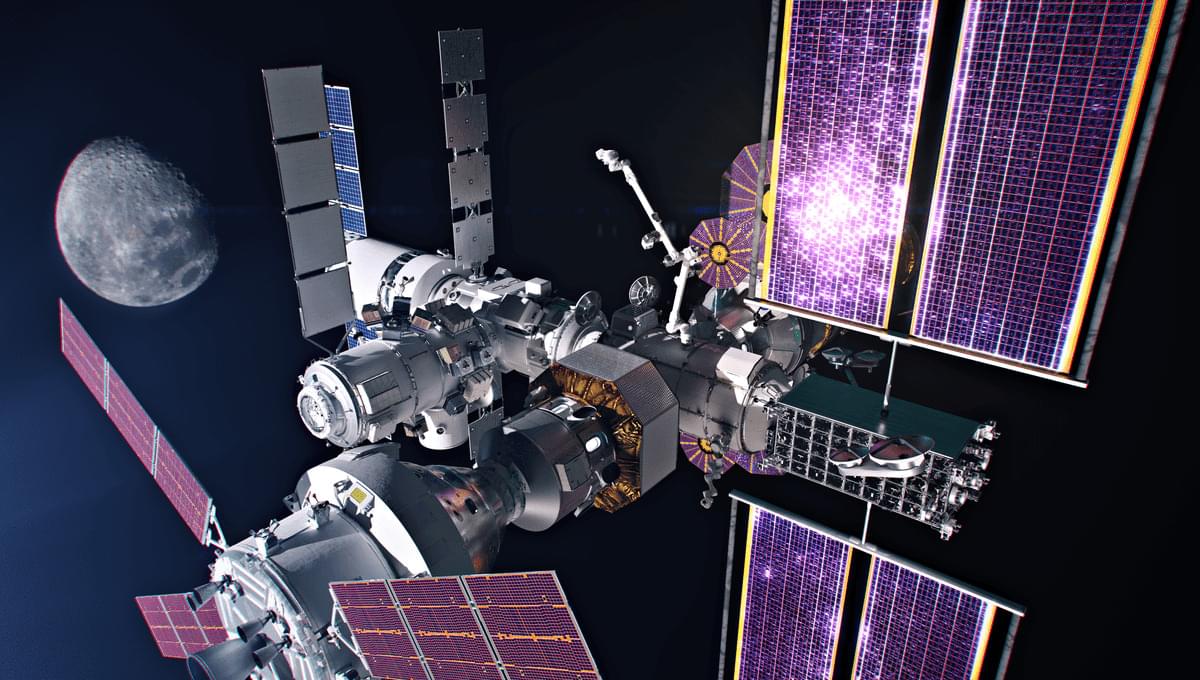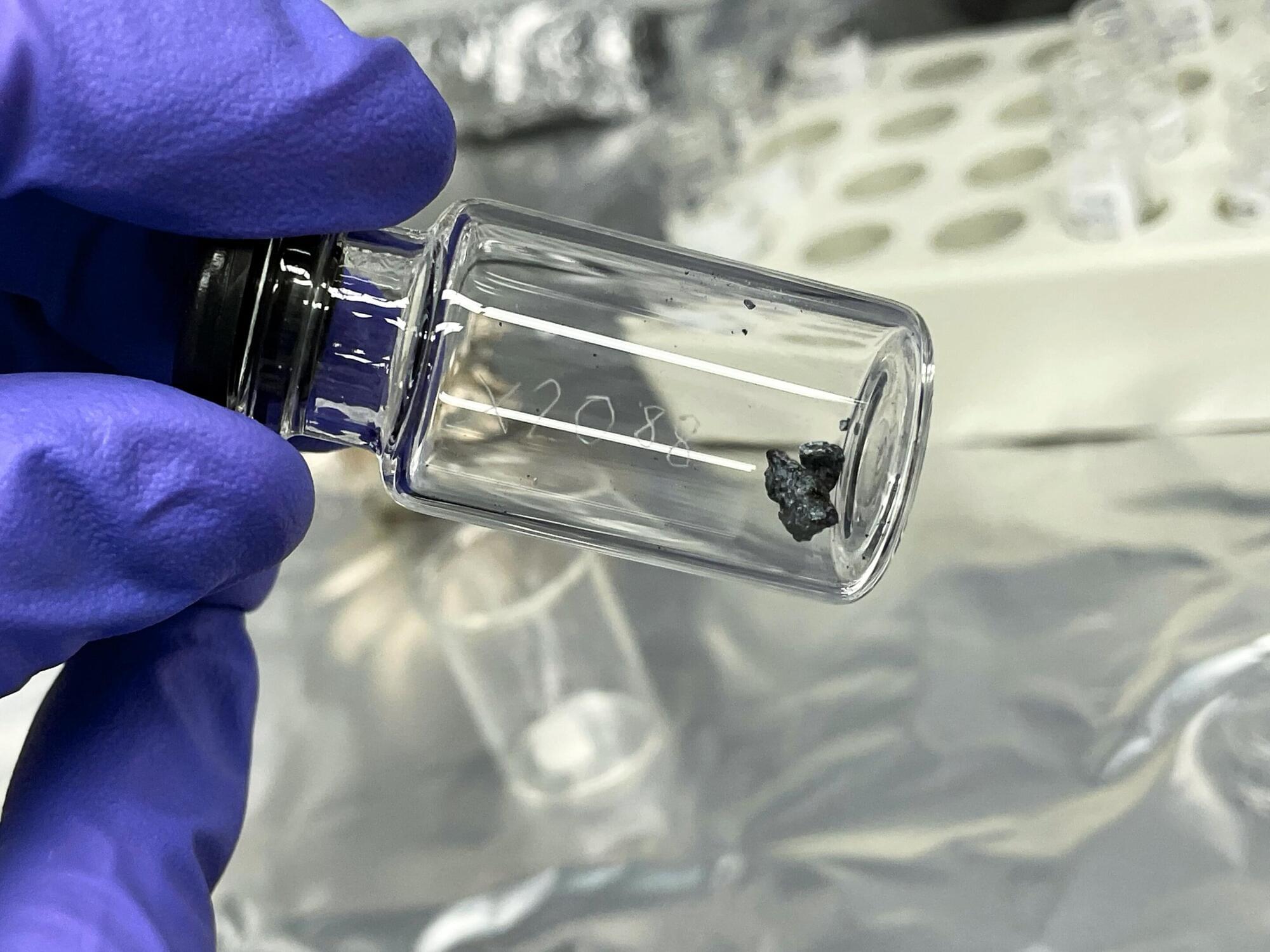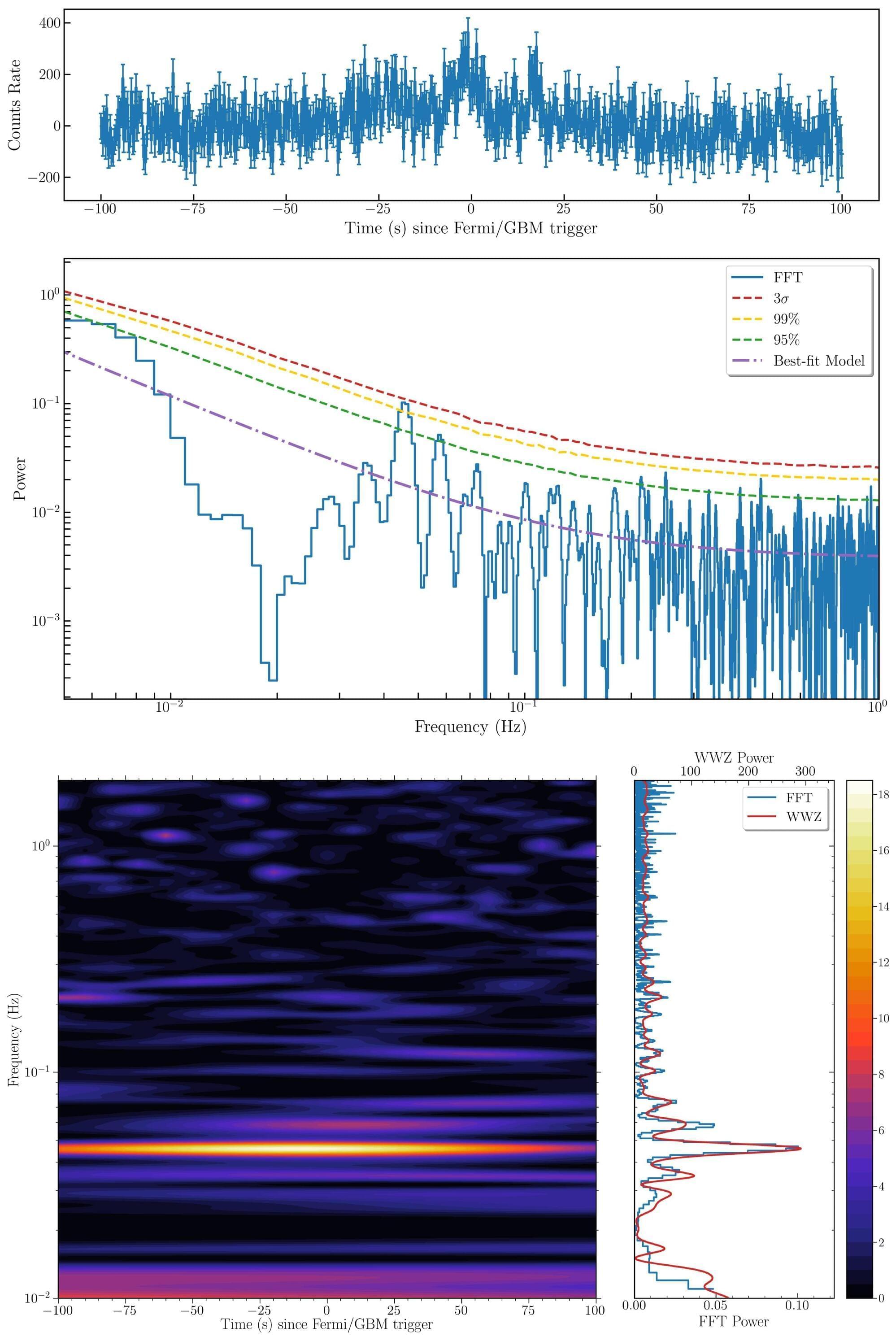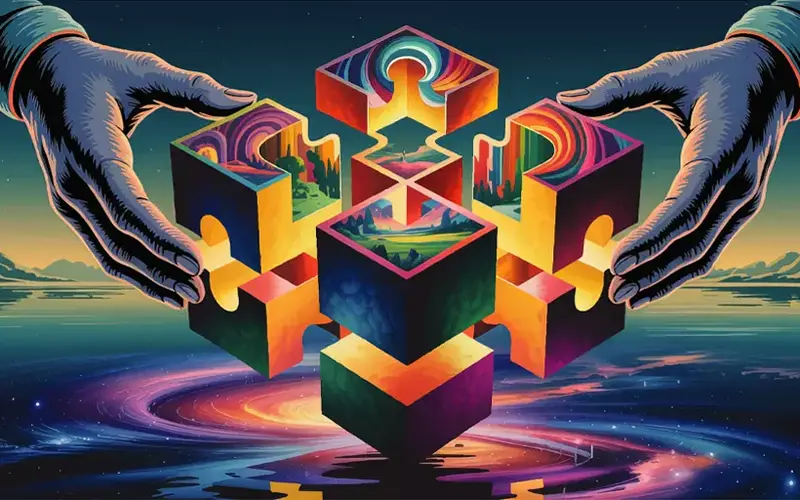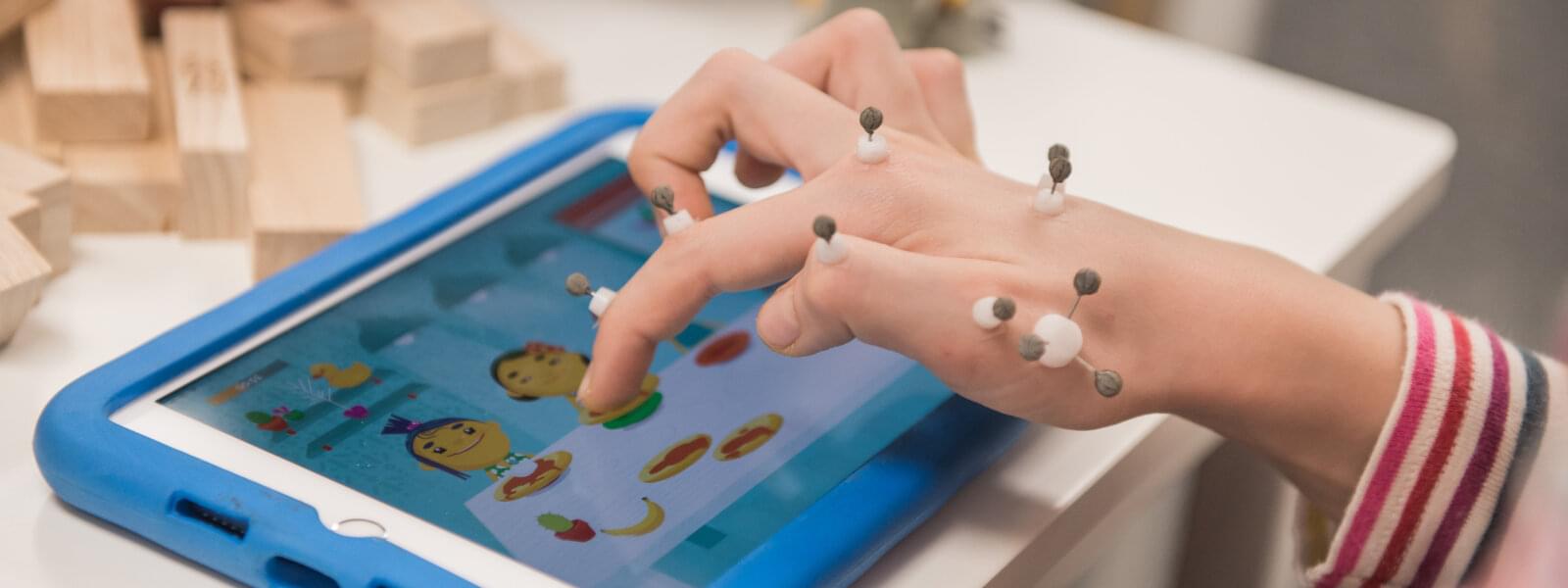On Mars, winds constantly stir up whirlwinds of fine dust. It was at the center of two of these dust devils that the SuperCam instrument’s microphone, the first ever to operate on Mars, accidentally recorded particularly strong signals.
Analyses carried out by scientists at the Institut de recherche en astrophysique et planétologie (CNES/CNRS/Université de Toulouse) and the laboratoire Atmosphères et observations spatiales (CNRS/Sorbonne Université/Université de Versailles Saint-Quentin-en-Yvelines) showed that they were the electromagnetic and acoustic signatures of electric discharges comparable to the small static electricity shocks that can be experienced on Earth when touching a door handle in dry weather. Long theorized, the existence of electric discharges in the Martian atmosphere has now been confirmed by observation for the first time.
The findings are published in the journal Nature.
